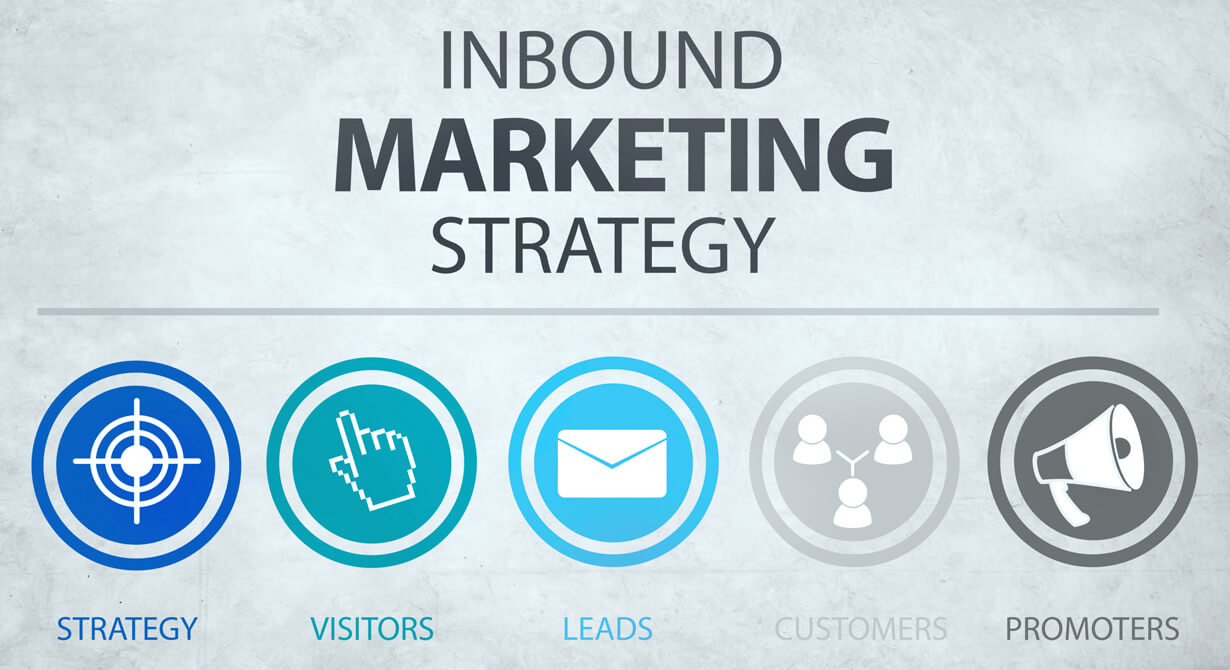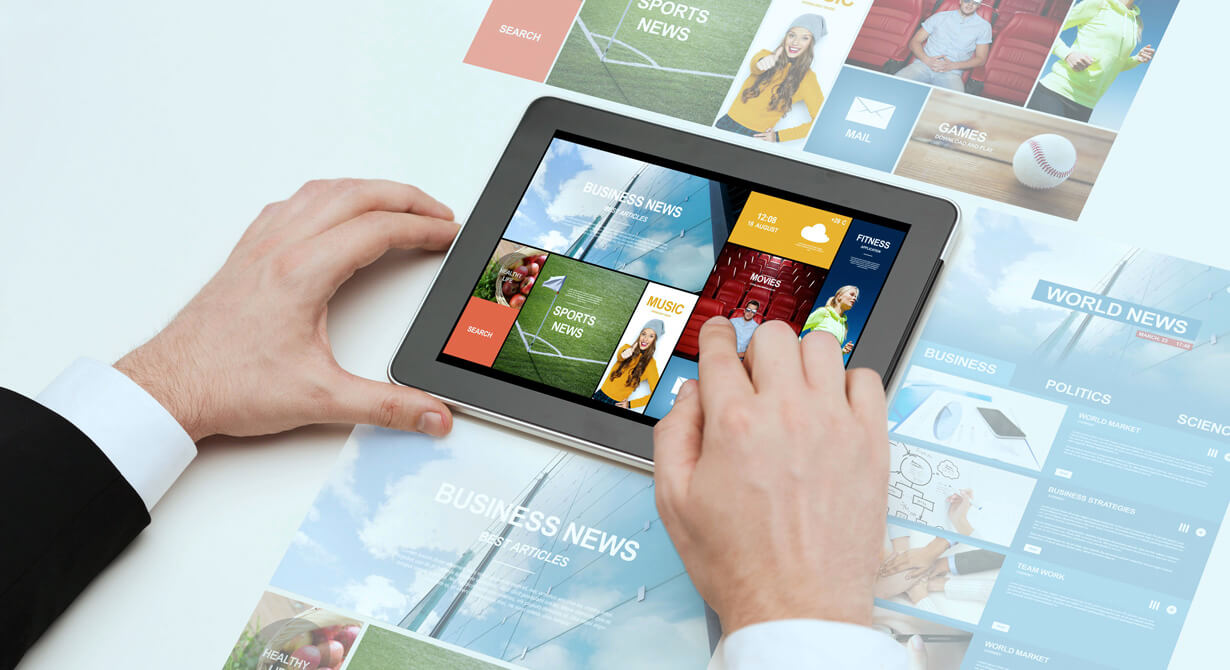The world of marketing products and services has changed dramatically almost overnight before many of us even managed to take notice of how deep the change actually was. Suddenly we opened our eyes to the reality in which reducing any business activity to sheer manufacturing of goods and offering services is a ready-made recipe for disaster! Nowadays any project must be preceded by a detailed Customer Profiling process in order to provide detailed and accurate information concerning customer’s needs and expectations. The right decision, which carries the probability of success has to be a customer-centered one, with possibly all these needs and expectations to be met.

More or less subconsciously realized phenomenon of Customer Profiling, has been an effective marketing tool from the times immemorial. Once upon a time a skillful waiter knew very well what kind of coffee would satisfy his frequent patron or what daily newspaper to fetch him. The same mechanism occurred in case of a clever barber who, while shaving, would talk to his client about racing horses only to switch to politics with another one, pretty sure that both of them are likely to pay a visit again the following day. With time however, such little strategies gradually developed into tactics which initially, most commonly, included “spray and pray” approach, with the messages sent out en-mass with no particular target nor personalization in the hope that the right and, even more significantly, numerous kind of addressee will find itself somehow automatically. While introducing the iPod, iPhone or iPad, Steve Jobs might have only had a very general idea about the potential clients’ likes and dislikes yet being an unquestionable genius, he took advantage of his intuition which hardly ever failed him. No detailed Customer Profiling was necessary at the moment and the public would queue anyway. Not any longer!
NEW APPROACH
Dealing successfully with the modern business environment requires employing much more sophisticated and refined tools in order to succeed in the increasingly competitive marketing reality. To put it in a nutshell, providing possibly good and complete customer experience calls for a detailed study which is to find answers to the number of questions, but perhaps first of all, to get to know who our potential clients are, what they like and where they are. It requires collecting the huge database of the potential client’s purchasing habits, lifestyles, motivations, preferences, demographics and psychographics. As far as most of the enlisted sound clear enough, the last two characteristics deserve some clarification. By demographics we mean physical characteristics which include person’s age, gender, educational background, professional background and, last but not least income. The field of psychographics embraces such features of personality as person’s behavioural traits as well as his/her beliefs, hobbies, preferred style and even sense of humour. Such wide area of interest might initially sound nonsensical for some, yet it actually leads to creating a precise and detailed potential customer’s portrait. This in turn facilitates making the right decisions concerning the design of the item or service which would correspond with our clients’ needs or, more precisely to help them achieve their goals most easily.
SOUNDS GOOD, BUT HOW TO DO IT?

All above said sounds convincing, perhaps even too convincing… It is time than we had a bit closer look at the range of methods applied in order to create possibly realistic portrait of our customer which, in turn, should lead to launching a product or service that mirrors clients’ needs and expectations.
Usability testing
Usability testing seems to be a basic tool to be applied as a sort of foundation on which we can then built the subsequent floors of the construction of our customer’s portrait. It goes without saying, the manufacturers/service provider needs to know how easy or difficult the product would be for the prospective customer, or even more: whether it is expected and required by the market! Therefore, the would-be customers are asked to perform a number of tasks. While doing that, they are supervised in order to spot the points at which our testers come across any problems or confusion. If similar obstacles appear in more cases, the clear sign is that the doubtful usability issues should be subjected to change, bringing about more convenient solutions.
User centered design
User centered design is a process of establishing the range of tools corresponding with the customers’ expectations. Traditionally, the sequence followed the pattern in which both technical and business concerned staff would build a design of an item/service with customers’ considerations added at the end of the chain. It could have probably been the way the Apple engineers undertook when removing a mini-jack socket from iPhone 7 and the further models, not taking into account that the market was not yet properly prepared for Bluetooth connection at the moment, which, as a result, was met with, so to speak, mixed feelings… User-centered design changes this order quite dramatically: client’s considerations now make the basis on which all the technical and business-oriented details are constructed. This is why the iPhone SE, more traditional, even a bit sentimental (if this the word), with no the newest features such as the face-recognition tool, yet much cheaper, saw the light and became the box-office success, moreover, the new version is to appear this year!
Wireframing
Wireframing is applied in an early phase of designing a website to lay out possibly most effective and functional content of a page which would be created in accordance with the visitor’s convenience as well as his habits of journeying the net. As it does not embrace any particular design or technical data, grasping the content could be difficult for the client. Another difficulty appears when it comes to transforming a wireframe with a real design. This requires close co-operation between the visitors, wireframe creators and the technical staff dealing with the design of a down-to-earth project. On the other hand, the great advantage of wireframing is its provision of an early-phased visual material the goal of which is to be negotiated with a prospective client. Such gained feedback is of great value for the designers, providing them with the constant direct dialogue, which is additionally precious in making any amends before the final product is eventually launched. As well as this, the whole process saves time and money! Another obvious benefit of wireframing is its providing the designing staff in confidence to reach the goal, while moving forward with the project.
Website prototypes
Website prototypes are any mock-up or just a demo which demonstrate the look of a website when it eventually sees the light. It is frequently addressed to project stakeholders before it enters the phase of practical development. Website prototypes might take various shapes, from paper sketches up to clickable items in PowerPoint, PDF documents or even MS Word. There is also a variety of specialist tools serving the purpose of prototyping available, such as Blasamiq, Axure or Mockingbird, to mention just a few.
The most essential value of website prototypes lies in the fact that they facilitate the project stakeholders to visualize the sight of a final project, which makes it possible to reach agreement and generate support or ever financial investment for the project as well as gathering feedback, as in happens through usability testing. The clear disadvantage of prototyping seems to be the additional amount of time the planning may take before the real development phase starts. However, as Frank Lloyd Wright said: “It’s easier to use an eraser on the drafting board, than a sledgehammer at the construction site.”
User journeys
User journeys are taken by a user in order to comfortably reach their goal. Such journeys usually include a range of website pages and decision points which gradually guide the user towards the target. Afterwards, the journey is redesigned and eventually forms an “ideal”, most convenient user journey which follows the smoothest route possible. To create a user journey, it is essential to identify the user by means of an exercise called user profiling within the frame of which, each user is supposed to reach a certain goal on the website. The findings are then mapped out, usually in a form of a diagram and thus the easiest user journey is created.
It should be taken into account however, that the ideal journey might turn out to be difficult to implement due to the diversity of business objectives as well as technical limitations, therefore the ideal journeys should be created with the assistance of a multidisciplinary team to deal with a problem in such a way that covers and adjusts to all the angles possible.

Providing the project team with the findings of user journeys makes it possible to balance the business goals with the user ones, thus, user journeys can contribute a great value in creating new websites.
Focus groups
Focus groups are methods of research which are applied to obtain feedback and opinions directly from customers. A pre-planned discussion which is guided by a facilitator is supposed to involve each member of a group. The whole undertaking is directed towards eliciting opinion and information about products, services or their particular features before they enter the phase of development. Each group consists of 6-10 participants who are selected by means of a questionnaire which facilitates creating a diversified group which represents the target audience for the project. A crucial point is to ensure that the topics of interest are actually covered.
A possible disadvantage of focus groups might be that the part of participants would tend to form their attitude under the influence of more dominant members to whom they are likely to conform. This might put the reliance of the group opinion into question. However, the fact remains that drawing conclusions after the analyses of a large number of groups may provide a valuable insight into the general attitude towards the planned concept.
Service design
Service design aims at making a service easier to use, more practical and therefore desirable for a customer. We are all surrounded by enormous number of services: a mechanic, a plumber, an Internet provider, pizza deliverer etc. We come across them at any single step of our life. Quite a lot of them do not succeed in delivering a kind of service which is actually satisfactory. Interestingly enough, the finding of a survey conducted by Bain&Company is that as many as 80% of companies are satisfied with the value they provide, whereas such an opinion is shared by only 8% of customers. This is why some suitable analytic units have come into being.
Service design is quite a new term which deals with a set of solutions applied to improve the quality of a service. It focuses on creation of new services as well as the improvement of the existing ones. Most commonly, the service design is applied when an organization seeks effective ways to improve the service to its patrons. This is done by the analyses of websites, call centres, printed support materials and the like. It might also happen that a firm wishes to improve its service only with reference to a particular kind of customer or a particular field of the business it runs. The typical involvement in a service design embraces digital services such as websites, mobile applications, in-store kiosks or software applications. The goal is however invariably the same: to provide the best customer experience possible.
Remote usability testing
Remote usability testing is a method of finding out how easy a website is to use in various geographical locations. In case of this method, essential is the role of a researcher who interacts with a test participant via the Internet or a telephone connection. This kind of testing facilitates gaining the insight into the obstacles the users encounter while completing common website tasks. The core of the matter in case of remote usability testing is its offering the participant the possibility to perform the test from their own location, which provides a more realistic environment in comparison to traditional user testing. The additional advantage is the opportunity to pick out participants once they enter the website at the very beginning of their journey with the site.
Despite some disadvantages such as inability to see participant’s facial expressions and body language, remote usability testing appears to come across as a versatile tool which not only gives the potential to notify user behaviour across various geographical locations but also enables significant time and cost saving.

Expert review
Expert review occurs when a usability expert employs his expertise to explore a website, adopting the role and attitude of a casual user. This enables to spot problems, improving, at the same time, its usability, particularly when a shoestring budget does not allow the user research. The method is a client-centered one, with full attention paid to the context, reaching the nature of the evaluated item as well as the goals of the business. The method proves to be flexible as it can successfully operate on screen-based technologies as well as physical products and services. What’s worth noticing, rather than reducing customers’ needs down to a checklist, it aims at them being fully understood. This, in turn, leads to the most desirable approach: end user being in mind at any starting position, before the product is designed and then launched. The method is useful to offer any sort of independent advice quickly and conveniently. Additionally, it requires less financial investment than usability tests and, thanks to that it can be applied many times as long as the project life-cycle is conducted.
Summary
The presented text is of only introductory nature, yet, even a brief review of the tools used in customer profiling, shows how dramatic shift has occurred in the field in question. It seems obvious that the further development is bound to happen in the foreseeable future as, let us repeat, the customer-oriented nature of the market is here to stay, therefore anyone seeking success in the extremely competitive world must be aware of the importance of skillfully-conducted customer profiling as a prerequisite of success.
